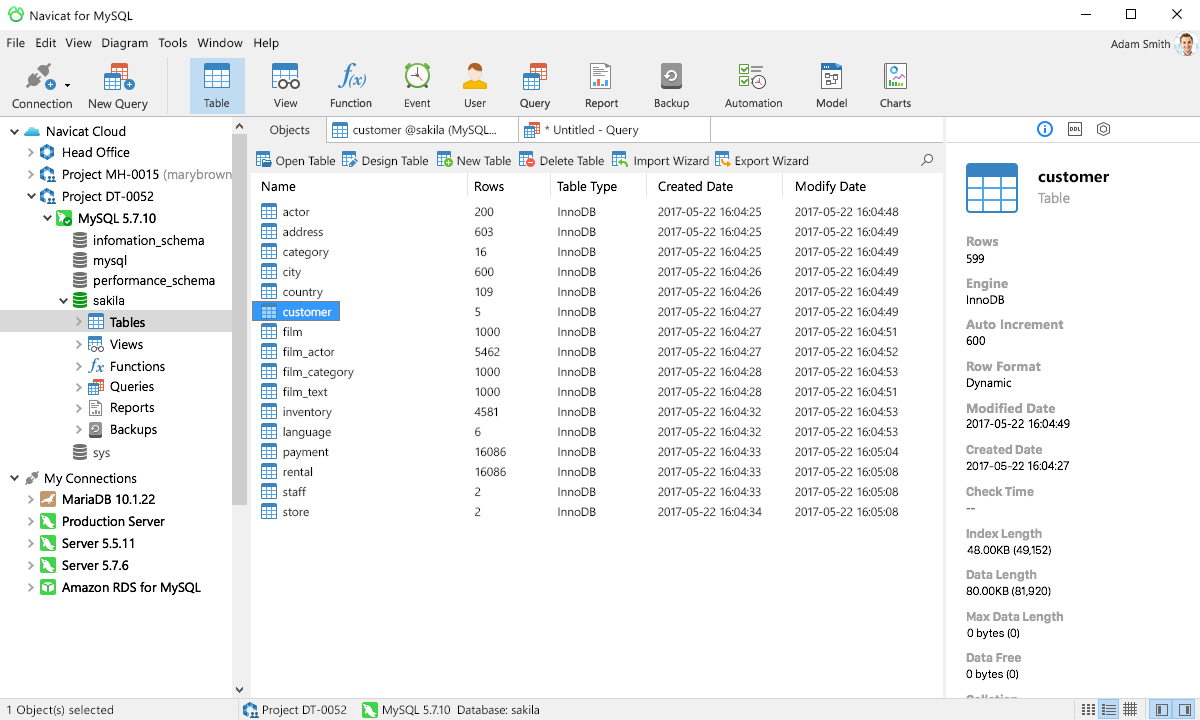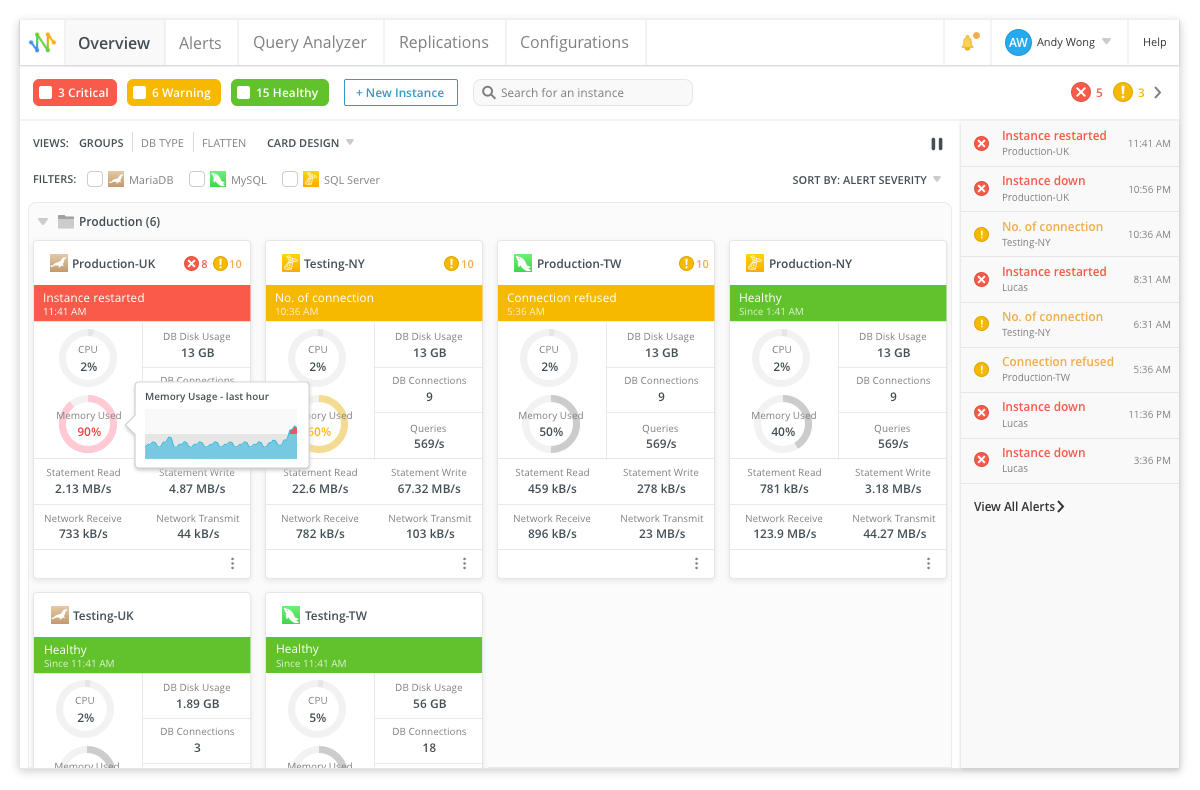Choosing between commercial and open source database offerings is not an easy one as many popular commercial databases are made available to developers and/or students at a greatly reduced cost or even for free. In other cases, the parent companies offer similar open source versions of their enterprise level products.
Judging by user polls, when looking at a snapshot of all database types - whether paid or free - an interesting trend emerges. It seems that, overall, users of database systems (DBMS) have gone with an open source solution the vast majority of the time. And not just any open source solution, but MySQL specifically. MySQL Community Edition has held the number one spot on the list of Most Popular Database Platforms for years now. Here are the top 5 databases - both commercial and FREE - for 2019 and their percentage of market share:
- MySQL: 52%
- PostgreSQL: 36%
- MS SQL Server: 34%
- SQLite: 30%
- MongoDB: 26%
So why is MySQL so darned popular?
It's Open Source
As stated above, it's free, but MySQL has a lot more going for it than price. Another attractive feature is that MySQL is open source software. This allows it to be customized or modified according to users' needs. Moreover, many third-party tools and interfaces have been developed for MySQL due to the fact that there are no licensing fees required. One of which is of course Navicat for MySQL.
Since its inception in the mid 90s by a Swedish company, MySQL has been acquired by larger companies on a couple of occasions: Sun Microsystems acquired MySQL in 2008, then Oracle purchased it in 2010. Each time, there was much speculation that MySQL's free status would soon change. However, this has not been the case this far. At this time all indications are that Oracle will continue to offer MySQL Community Edition completely free of charge.
Versatility
MySQL is an extremely versatile database. It's portable enough for development use, and yet robust enough for the most mission critical applications. In fact, many of the world's largest and fastest-growing organizations, including Facebook, Google, Adobe, Alcatel Lucent and Zappos, rely on MySQL to save time and money powering their high-volume web sites, business-critical systems and packaged software.
The Emergence of Web Applications
Some people have proposed that the rise of web applications developed by small startups or individuals has contributed to the popularity of MySQL in numerous ways. Again, besides the price, the fact that MySQL uses basic SQL and is easily set up and configure have made it the choice to power many web apps.
Community Support
Another great feature of MySQL is the tremendous online community that support it. Freelance developers from all over the world are continually adding to the functionality and utility of the database platform. Paid support is also available from Oracle, at extra cost.
Third Party Software
MySQL's tremendous popularity has prompted many 3rd party vendors to create software for working with it. These include development and administration clients such as Navicat for MySQL and monitoring tools like Navicat Monitor. Although neither of these tools are free, they earn their keep by providing an all-inclusive front-end that features an intuitive and powerful graphical interface for database management, development, and maintenance. Designed to be powerful and yet easy-to-use, tools such as these save developers and administrators time and effort in everything that they do.


Conclusion
With so many great features, as well as the proliferation of high end user tools like Navicat for MySQL and Navicat Monitor, MySQL Community Edition continues to enjoy the top spot of the relational database heap.











